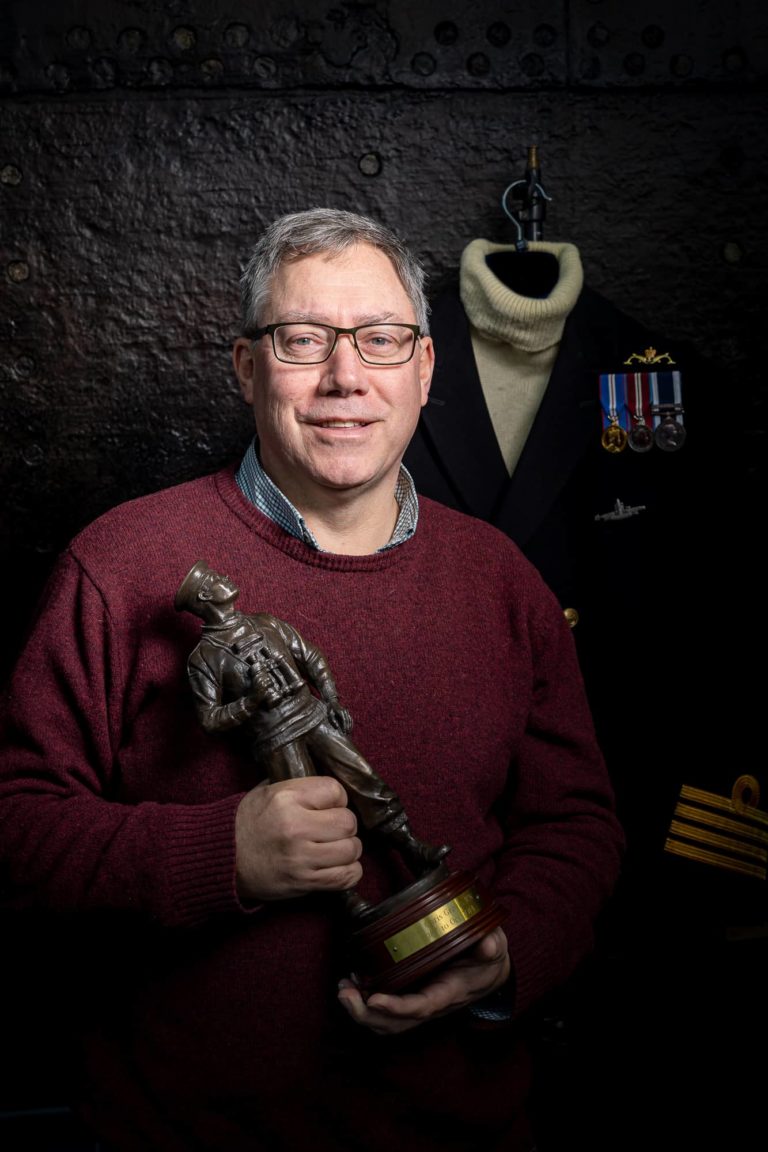Chris Groves – Why it was decided to close SETT
I was responsible for the SETT from 2012 to 2014, and in that time we made the decision that we would stop all Pressurised Training in the Submarine Escape Training Tank, which having gone through that whole process myself, several times, four times I think I went through that piece of Escape Training, so doing the whole of the Tower from the bottom to the top and doing the 9 metre and 18 metre locks and taking a good deep breath, I was the Captain that had to take the decision and certainly communicate the decision.
I didn’t take the decision alone, but had to communicate the decision that we were going to stop all Pressurised Training. There were a lot of people, and the Staff particularly obviously of the SETT who thought that was an awful thing.
The reality of it was that we had injured a number of people through the Training and the issue with it was that you’re ability to deal with pressure as in hyperbaric pressure is a physiological thing, and you can’t predict how everybody’s going to deal with it.
Some people’s ear drums are susceptible to bursting, some are not, some people have issues, have bends under pressure and hyperbaric injuries when you wouldn’t predict them to happen, and so over the life of the Submarine Escape Tank, we’d injured a few people, a couple of fatal accidents or incidents and when you looked at that, you can’t justify it.
You can’t justify the risk that you will kill somebody else at some stage and there’s no mitigation from it, and no excuse and no reason for it.
And so, we took a risk-based decision that we would stop Pressurised Training and that we would replace that training and make it better through other types of training media.
So, that whole risk, it was a really big risk balanced decision, a pain v gain kind of decision, so that was my legacy and from a SETT perspective I was the person that stopped the Pressurised Escape Training. It was not popular.






